What’s in a name? A lot, if you ask me. When it comes to foods and recipes the name speaks a lot. Some names share ingredients, some give away the way the dish was made or same reveal the vessel in which it was made. Some even give a peek into its origins. Ghaayda is a recent discovery to me. The recipe I share here today is from my current favourite books authored by Danthi sisters-in-law. The Danthi duo has their roots in Kutchh’s Mandvi, a historic port city of Gujarat. A region blessed with a tropical climate, bounty of fruit orchards, enterprising communities, ship-building yards and shipbuilders who continue to build wooden ships by hand and of sea-men. Until the rise of Mumbai as a major port Mandvi was the most important port of western India. This led to Mandvi being a cultural melting pot. The recipes shared in these books are more Kutchhi in origin. I had assumed Ghaayda to be a dialect word for Vada until I see leftover rice pancakes we all call Shekla mentioned as Ghaayda in a mighty book on Palanpuri Jain Cuisine. Kutch and Vagad ( part of northern Gujarat, Palanpur being a major city of this region) share similar dialect and Ghaayda is mentioned in the books on the cuisines of these regions. The Ghaayda quest also got a little complex when my Instagram feed showed a post by Food Entrepreneur Ninaben @Ninadoshi making Gharavda – rice and dal vada!! I love Ninaben’s feed for all the authentic Gujarati foods she shares. The recipe on the caption read similar to Ghaayda but the name was different.
(After one more day of inquiring around…)
Yipeee!! Finally, after some more inquiring and that too with a good old Kutchhi friend helped me solve the Ghaayda mystery. Nalini Auntie (friend’s mother) says that Ghaayda, are classic Kutchhi vada or thabdi /discs made with dhokla flour kneaded with buttermilk to make a stiff dough and fermented overnight. There are two kinds of Dhokla flour available in market yellow dhokla flour (rice+chana dal) and white dhokla flour (rice+urad dal) and Nalini Auntie says Ghaayda are made with white dhokla flour. They are either shaped in petit balls and deep-fried to brown or for the better shape they are patted (thabdvu) into small discs. She cautions that Ghaayda should never be eaten warm, they taste the best when cold. Traditionally, the Kutchhi households always make Ghaayda during the Shitla Saatam festival when food cooked the previous day is eaten.
Imagine Pakoda and the Gujarati options of Bhajia, Gota, Dapka, Vada, Khalva, Galefi… will lineup for you. I am glad that Ghaayda can also be part of this lineup (I am sure, the more I explore the longer this lineup will grow). I have yet to come across such clever use of dhokla flour. Reveals the wise ways the homemakers adopted to work with limited ingredients in the past. The overnight fermented batter is minimally spiced and beautifully shaped. Just like Menduvada, ensuring that they have crisped up well from all sides and centre as well. Hence, the trick is to keep the batter dough-like, shape it on palms or leaf and slip it in hot oil. Easy but a little tricky. Fry them to a nice brown and serve hot with chutney of your choice.
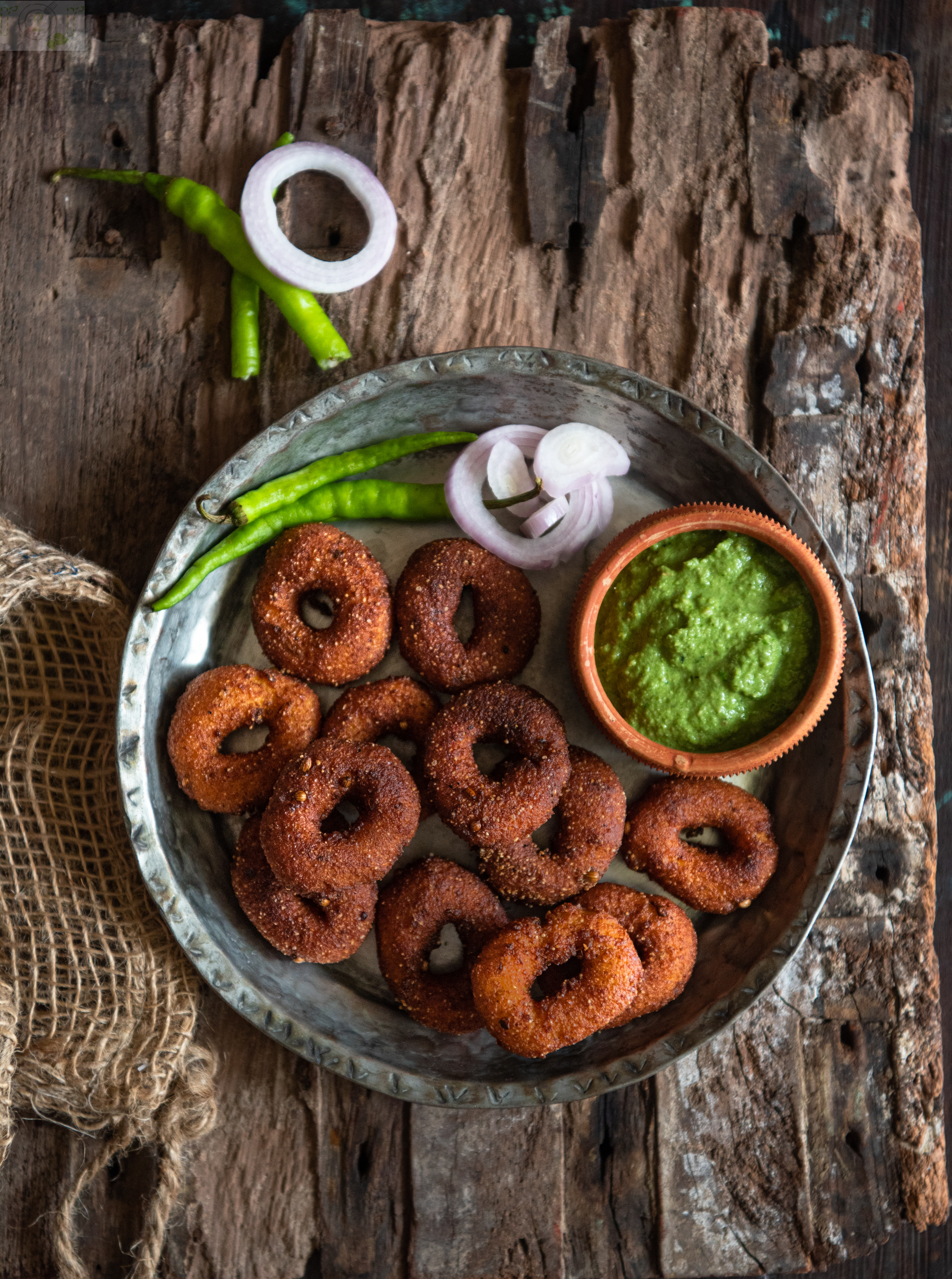
Ghaayda
Ingredients
- 1 cup Dhokla flour
- 2 tablespoons oil
- 1/2 cup yogurt
- 1/4 teaspoon turmeric powder
- 1 teaspoon green chilli, minced
- 1 teaspoon ginger, paste
- 2 tablespoons coriander seeds, lightly roasted, whole
- 8-10 pepper corns, cracked or lightly pounded
- a pinch of asafoetida/hing
- salt to taste
- oil for deep frying
Instructions
10 hours before you plan to make Ghaayda begin preparation by fermenting the dough.
In a mixing bowl, bring together dhokla flour and oil. Massage the oil well, add yogurt little at a time to bind into a stiff dough.
Cover and allow to ferment for 8-9 hours.
After the dough has fermented, add the turmeric powder. green chillies, ginger paste, coriander seeds, pepper corns and asafoetida.
Mix the ingredients well in to the dough.
Place a Karahi/wok filled with oil to deep-fry the Ghaayda on medium to high flame.
Once the oil has heated up, shape the Ghaayda like menduvada/ donut shape on palm or banana leaf and slide them in hot oil. Be very careful. We the palms to make shaping and sliding easy.
If shaping them is difficult make small shallot sized vada and deep fry.
Keep the flame to medium high during frying.
Fry the Ghaayda to a nice amber brown colour.
Serve warm or cold.
Notes
I have made these for the first time, the versions I have now come to know has enticed me to try making them a few more times. I will keep sharing more Ghaayda pictures and learnings as I keep cooking them.

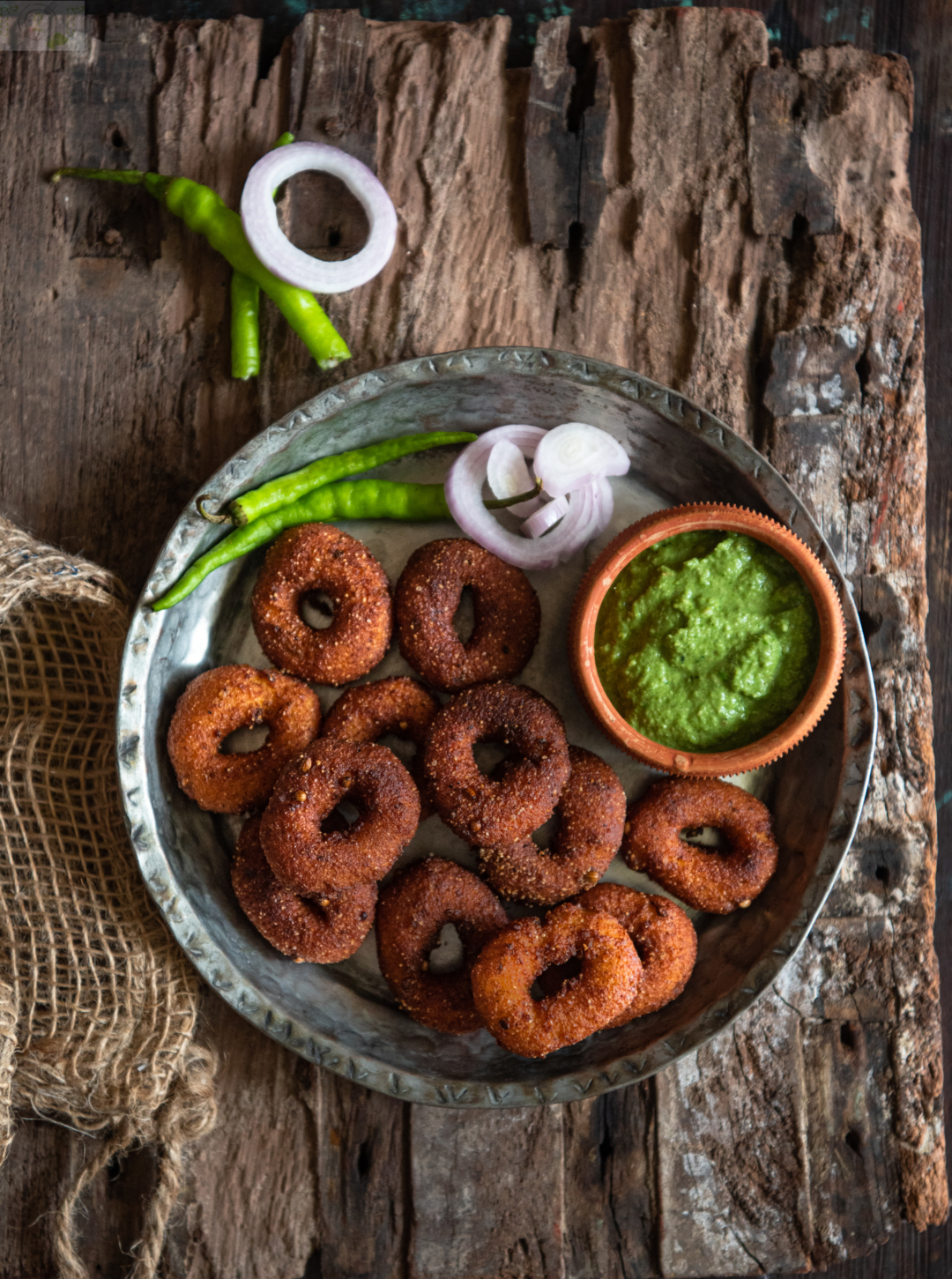

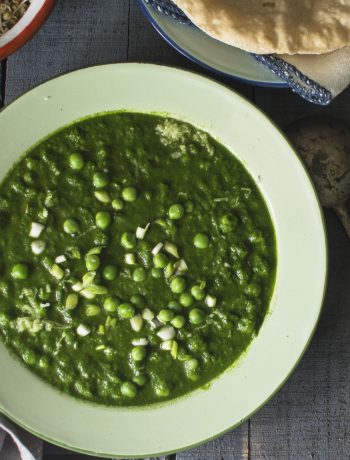
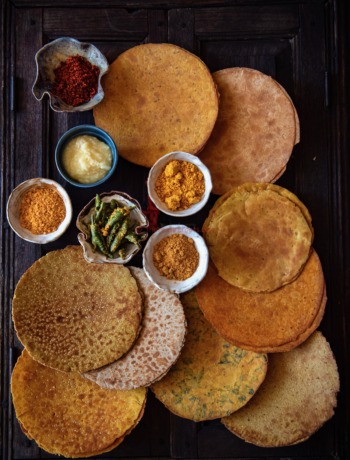
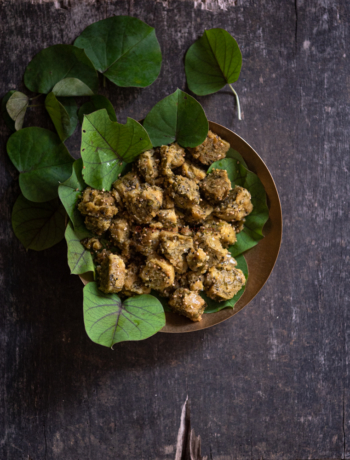
2 Comments
PRITESH
January 13, 2021 at 3:22 pmHi, it is also called “gharavda” and while you have cooked them in medu vada shape, they are actually fried oval in shape (more like a small vada). That is the reason it is called gharavda :)))
Sheetal
January 13, 2021 at 4:33 pmHello Pritesh,
Thank you for writing it. Yes, many wrote these are also called Gharavda when I had shared these on my instagram feed. I have stayed true to the way it is shared by Ruxmaniben and Binduben Dathi from whose book ‘Farsu e Farsan’. This is how they make it in their family. I have to recreate all the shapes there are and include in this post. Also can you please share what does ‘Ghara’ mean when you say the reason they are called Gharavda?? would like to learn more on that.